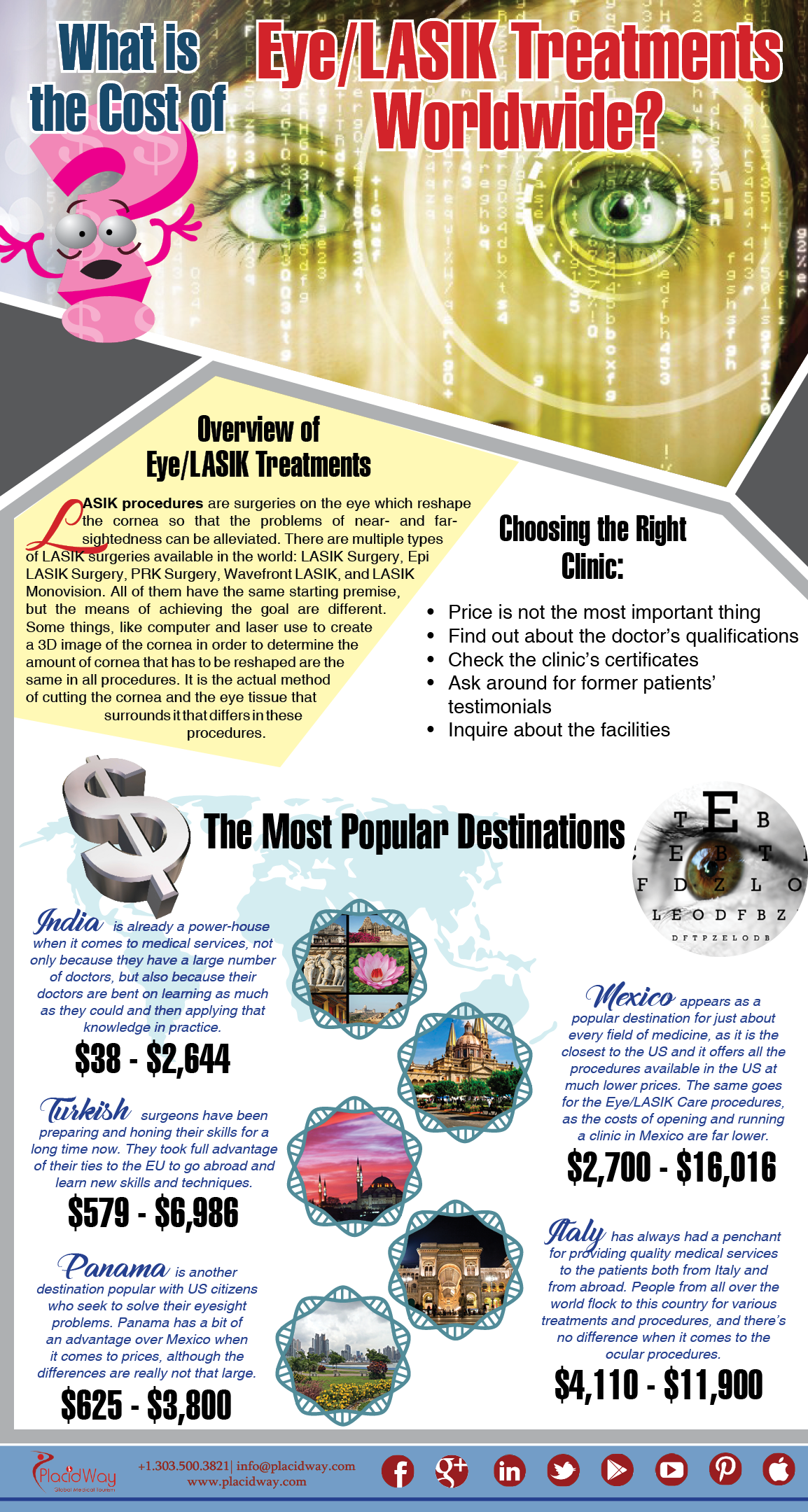The Comprehensive Overview To Refractive Lens Exchange: Important Info You Must Know
The Comprehensive Overview To Refractive Lens Exchange: Important Info You Must Know
Blog Article
Web Content Develop By-Kincaid Bondesen
If you're taking into consideration refractive lens exchange, you possibly have a lot of questions. This procedure could alter exactly how you see the globe, using benefits like lowered reliance on glasses. Nonetheless, it's essential to recognize the process, risks, and that qualifies as a great candidate. Let's discover these vital elements so you can make an enlightened decision regarding whether RLE is right for you.
What Is Refractive Lens Exchange and Just How Does It Work?
Refractive lens exchange (RLE) is an operation made to replace your eye's all-natural lens with a fabricated one, correcting vision concerns like nearsightedness, farsightedness, or presbyopia.
During the treatment, your doctor makes a tiny cut in the eye, removes your natural lens, and inserts an intraocular lens (IOL) tailored to your vision requires. This outpatient surgery commonly takes around 15 to half an hour per eye and is performed under regional anesthetic.
Minimally Invasive Cataract Surgery 'll likely observe improvements in your vision practically right away, though total healing might take a few weeks. RLE is particularly advantageous for those over 40 or with high prescriptions, using a long-lasting service contrasted to glasses or call lenses.
Your eye treatment professional can help identify if RLE is right for you.
What Are the Perks and Threats of Refractive Lens Exchange?
Choosing refractive lens exchange can bring about considerable improvements in your vision, but it's important to weigh both the benefits and threats before choosing.
On the plus side, this procedure can improve your vision by fixing concerns like presbyopia, nearsightedness, and hyperopia. LASIK After 40 of patients appreciate decreased dependence on glasses or contact lenses, which can significantly enhance their lifestyle.
However, it's essential to take into consideration prospective threats. Complications can include infection, glare, or halos around lights.
There's additionally Read Home Page of overcorrection or undercorrection, which might require added treatments.
That Is a Suitable Candidate for Refractive Lens Exchange?
If you're considering refractive lens exchange, it is necessary to know whether you fit the profile of an ideal prospect. Usually, you might be a great prospect if you more than 40, experience presbyopia, or have high levels of nearsightedness or farsightedness.
It's also crucial that your vision is stable, implying your prescription hasn't changed substantially in the past year. If you have cataracts or various other eye conditions, you may gain from this treatment too.
Nevertheless, specific factors, like uncontrolled diabetic issues or autoimmune diseases, might invalidate you. To identify your candidacy, seek advice from an eye treatment expert that can assess your particular scenario and recommend the most effective course of action tailored to your needs.
Final thought
In conclusion, refractive lens exchange can be a transformative alternative for boosting your vision, especially if you more than 40 or have a high prescription. While the advantages are considerable, it's vital to consider the dangers and consult with your eye care professional to figure out if you're an excellent candidate. With the right details and assistance, you can make a notified decision and perhaps appreciate a life with lowered dependence on glasses.
